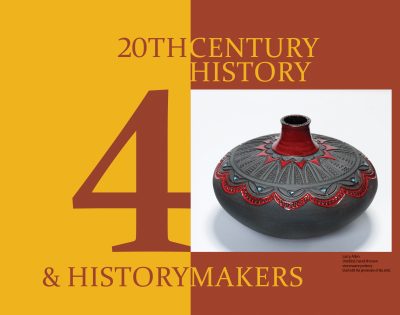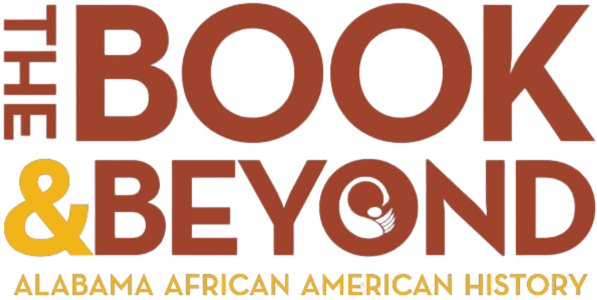20th Century History & History Makers

By Nettie Carson-Mullins
Between 1916 and 1970 an estimated five and a half million African Americans migrated out of the rural Southern United States to the urban Northeast, Midwest, and West. An estimated one and a half million African Americans migrated from the rural South between World War I and the Great Depression era. The Great Migration as this American time period was called was one of the largest and most rapid mass internal movements in history. Hence, it was possibly the greatest exodus not caused by the immediate threat of execution or starvation. The early 20th century relocation of African Americans from the South outranks the migration of any other ethnic group such as the Italians, the Irish, the Jews, or the Poles when they immigrated to the United States. For African Americans, the migration meant leaving what they were accustomed to and what had always been their economic and social base in America and finding a new one. (Nicholas Lemann, The Promised Land, 1991)
This massive population shift profoundly transformed the 20th century United States politically, economically, socially, and culturally. During those years, blacks left Southern towns and cities like Birmingham, Montgomery, and Florence in search of economic and political opportunities, while taking with them still-painful memories of life under Jim Crow segregation and their cultural traditions of religion, food, and music.
In the early 20th century the African American church was the chief social institution in the community. These churches formed benevolent organizations which were major self-help associations. They helped with health and funeral costs.
During the era of Jim Crow segregation, African American communities developed. As these communities developed, they initially established businesses, organizations, and institutions alongside their white counterparts. These neighborhoods and districts housed cook shops, shoe shops, movie theaters, banks, grocery stores, funeral homes, and other trades. The infrastructure of the African American communities was built to address African American needs.
Out of these early 20th century business centers, businesses were not only established for working and shopping during the day, but these districts also served the communities with night life social and cultural gathering places. African American crowds gathered in the evening to see and hear Big Swing Bands, Vaudeville shows, Harlem Reviews, and the Chitlin Circuit. Great athletes and entertainers received their successful starts in the business districts and the early social scenes.
Today, the African American Church continues to be an important institution in the black community. It continues to fill the many needs it has provided historically such as spirituality, education, protest, support of black politics, and meeting places for the community.
The song “Tuxedo Junction,” written about a stop along the Chitlin’ Circuit in Birmingham, best describes this era.
Tuxedo Junction (Erskine Hawkins)
Boop bop, Boop Bop
Boop bop, Boop Bop
Boop bop, Boop Bop
Boop bop, Boop Bop
Way down South, in Birmingham
I mean South, in Alabam’
There’s a place
Where people go to dance the night away
It’s a junction
Where the town folk meet
At each function in their best they’ll greet you
Sax solo
Scat solo
Way down South, in Birmingham
I mean South, in Alabam’
That old place
Boop bop, Boop Bop
Boop bop, Boop Bop
Boop bop, Boop Bop
Boop bop, Boop Bop
Way down South, in Birmingham
I mean South, in Alabam’…
Chapter 4 overview from The Future Emerges from the Past, Celebrating 200 Years of Alabama African American History & Culture.
Cover Photo: Larry Allen, Untitled, hand thrown stoneware pottery. Used with permission of the artist.

